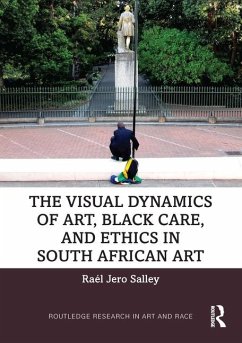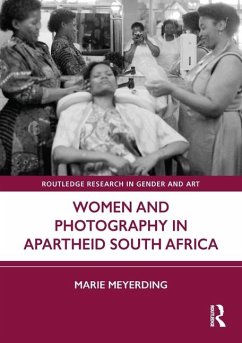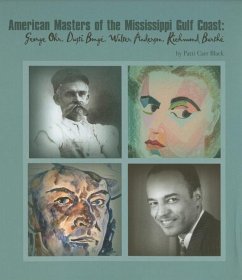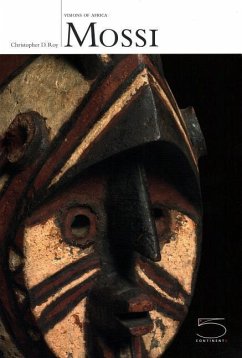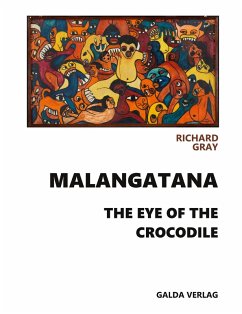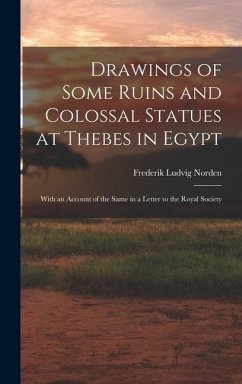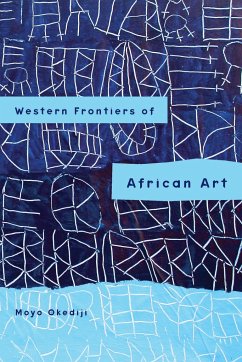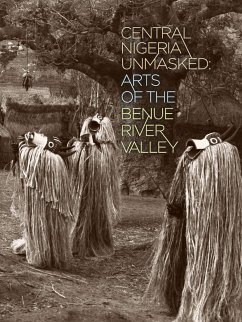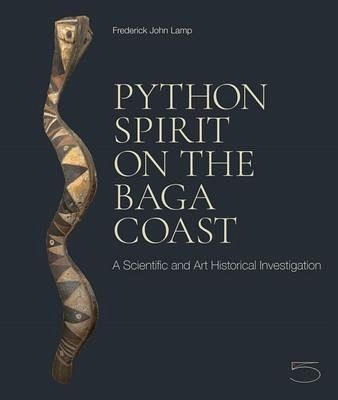
Python Spirit on the Baga Coast
A Scientific and Art Historical Investigation
Versandkostenfrei!
Versandfertig in über 4 Wochen
60,99 €
inkl. MwSt.

PAYBACK Punkte
30 °P sammeln!
This study of the wooden Serpent figures/headdresses of the Baga people of Guinea is a collaboration by the author, as an art historian, with many contributions from diverse perspectives, including scientists preeminent in their fields, Robert J. Koestler, Roy Sieber, Dennis William Stevenson, Mark T. Wypyski, and Peter J. Zanzucchi. The text begins with a thorough exploration of the ethnological and art historical evidence for the Serpent masquerade among the Baga of Guinea, bearing an immense wooden serpent figure on top of the head representing a python. Never witnessed or photographed by a...
This study of the wooden Serpent figures/headdresses of the Baga people of Guinea is a collaboration by the author, as an art historian, with many contributions from diverse perspectives, including scientists preeminent in their fields, Robert J. Koestler, Roy Sieber, Dennis William Stevenson, Mark T. Wypyski, and Peter J. Zanzucchi. The text begins with a thorough exploration of the ethnological and art historical evidence for the Serpent masquerade among the Baga of Guinea, bearing an immense wooden serpent figure on top of the head representing a python. Never witnessed or photographed by an outsider, it disappeared in the 1950s along with most ritual performance after an Islamic jihad instated strict prohibitions against indigenous religions. The ritual context is followed by an in-depth analysis of the Serpent masquerade figures now extant in collections in Europe, the Americas, and Africa, as well as other representations of the python in the ritual art of the region. The final sections present the arguments, as a debate, between interested persons in the arts, including art historians, dealers, appraisers, collectors, and curators, and the scientific examinations by specialists in botany, chemistry, physics, entomology, and conservation concerning one particular Serpent figure in question.



